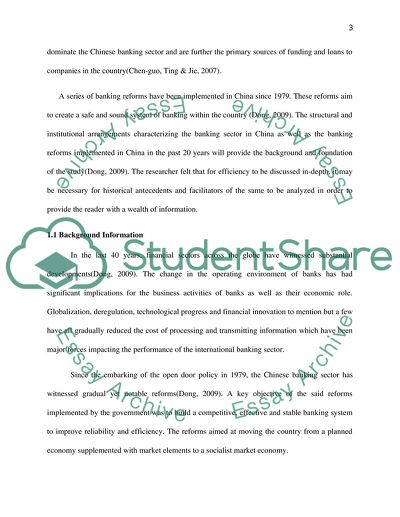Cite this document
(“Analysis on efficiency of Chinese commercial banks Research Proposal”, n.d.)
Analysis on efficiency of Chinese commercial banks Research Proposal. Retrieved from https://studentshare.org/finance-accounting/1684003-analysis-on-efficiency-of-chinese-commercial-banks
Analysis on efficiency of Chinese commercial banks Research Proposal. Retrieved from https://studentshare.org/finance-accounting/1684003-analysis-on-efficiency-of-chinese-commercial-banks
(Analysis on Efficiency of Chinese Commercial Banks Research Proposal)
Analysis on Efficiency of Chinese Commercial Banks Research Proposal. https://studentshare.org/finance-accounting/1684003-analysis-on-efficiency-of-chinese-commercial-banks.
Analysis on Efficiency of Chinese Commercial Banks Research Proposal. https://studentshare.org/finance-accounting/1684003-analysis-on-efficiency-of-chinese-commercial-banks.
“Analysis on Efficiency of Chinese Commercial Banks Research Proposal”, n.d. https://studentshare.org/finance-accounting/1684003-analysis-on-efficiency-of-chinese-commercial-banks.


